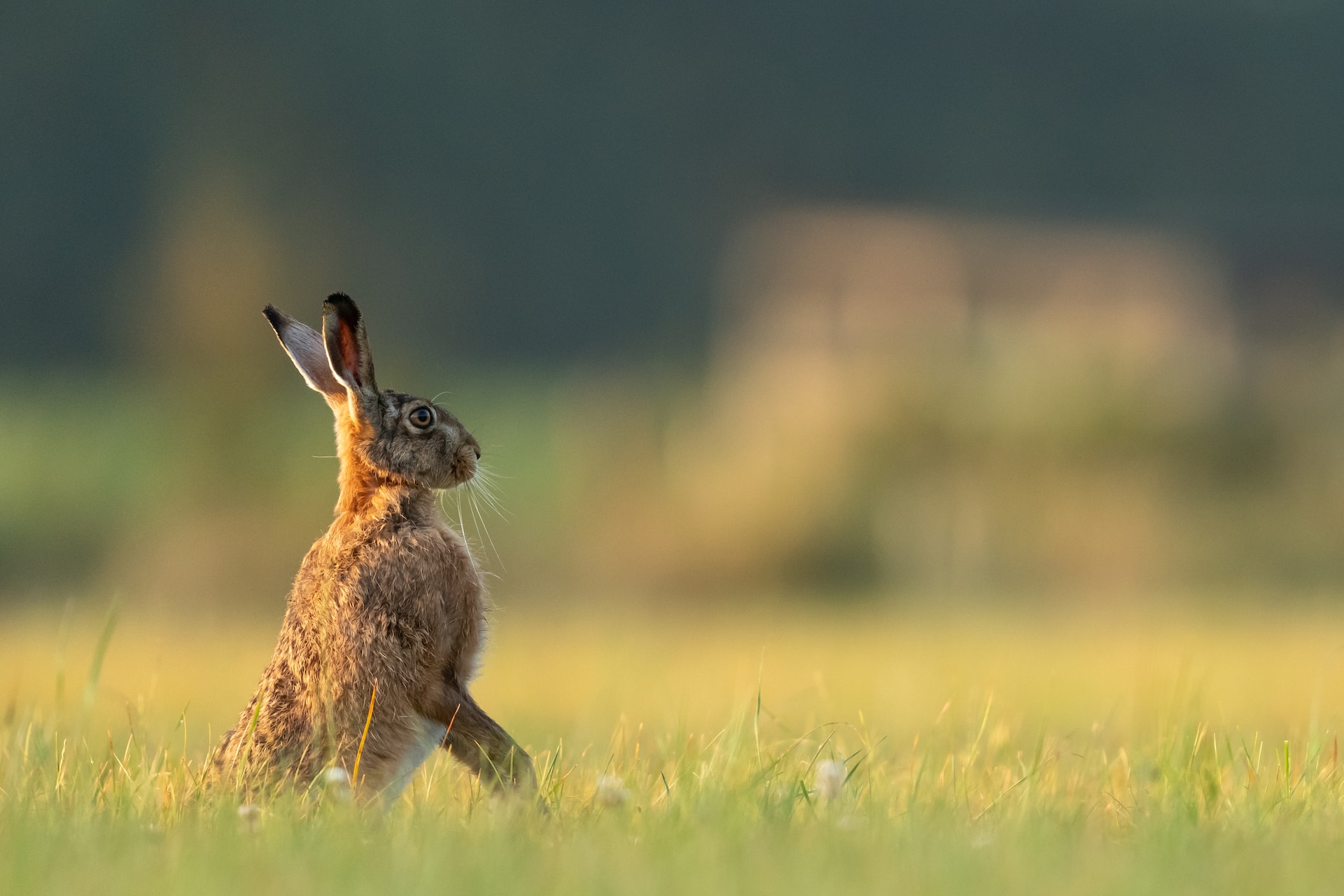Habitat loss and fragmentation
One of the main reasons why we’re losing so much wildlife in the West of England is due to habitat loss and fragmentation. Fragmentation means changing natural habitats into agricultural land and urban areas - this infrastructure development is destroying essential habitats for wildlife. As our population grows and urban areas expand, human activities encroach upon previously wild lands, and the available space for our native species to live, feed and breed is significantly reduced.
Development can also damage the connections between different ecosystems, which makes it harder for wildlife to safely move around the region, and reduces their chance of survival. According to a report by the West of England Nature Partnership, more than 2,000 hectares of greenbelt land in the region are at risk of being lost to development by 2036.
Species that rely on specific habitats for survival, such as the dormouse, the greater horseshoe bat and the brown hare, are particularly vulnerable. As their habitats disappear, their populations decline - sometimes to the point of extinction.


